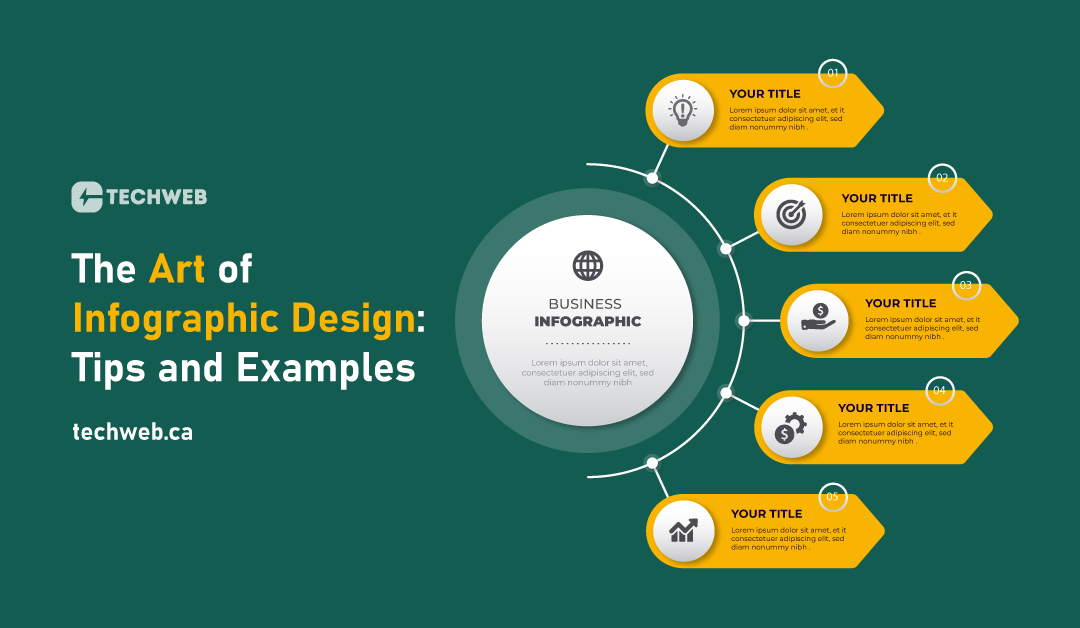The Art of Infographic Design: Tips and Examples
Infographics are a powerful visual tool in the world of graphic design. They combine data, information, and design elements to convey complex concepts in an easily digestible format. Effective infographic design can captivate your audience, simplify intricate data, and enhance understanding.
In this blog, we’ll explore the art of infographic design, provide valuable tips, and showcase some inspiring examples to help you create compelling infographics.
The Purpose of Infographics
Infographics serve several essential purposes:
- Information Simplification: Infographics take complex data and make it easier to understand by breaking it down into visual, bite-sized pieces.
- Engagement: Visual appeal and simplicity make infographics engaging and shareable, making them a valuable content marketing tool.
- Retention: People remember information better when presented visually. Infographics enhance retention of data.
- Data Comparison: They enable data comparison, making it simpler to understand relationships and trends.
Tips for Effective Infographic Design
- Know Your Audience: Understand who your audience is and what information they need. Tailor the design to their preferences and knowledge level.
- Start with a Clear Message: Determine the primary message or takeaway you want to convey. Your design should revolve around this message.
- Data Collection and Organization: Gather accurate data and organize it logically. Use charts, graphs, and visual cues to highlight key points.
- Simplicity: Keep the design simple and uncluttered. Avoid excessive text, and use icons and visuals to convey information wherever possible.
- Color Scheme: Use a limited color palette to maintain cohesiveness and aid comprehension. Colors should complement your brand and make the infographic visually appealing.
- Typography: Choose readable fonts and vary font sizes to emphasize different elements. Consistency in typography is key.
- Hierarchy and Flow: Ensure the information flows logically, guiding the viewer from one section to the next. Use clear headings and subheadings to establish hierarchy.
- Whitespace: Whitespace is crucial for visual clarity. It separates content and creates a sense of balance.
- Icons and Illustrations: Use icons and illustrations to visualize data and concepts. They should be simple, coherent, and relevant to the content.
- Testing: Before publishing, test your infographic on a small audience to gather feedback and make improvements if necessary.
Examples of Effective Infographic Design
- “The Cost of Coffee Worldwide” by Brian Wansink: This infographic uses a simple, straightforward design to compare the cost of coffee in various countries. It effectively conveys the message without overwhelming the viewer.
- “How to Create the Perfect Social Media Post” by My Clever Agency: This infographic uses a visually appealing design to provide tips on creating engaging social media posts. It’s both informative and attractive.
- “The Internet of Things: Mapping the Value Beyond the Hype” by McKinsey & Company: This highly detailed infographic beautifully illustrates the concept of the Internet of Things and its potential value. It effectively combines data and visuals.
Infographic design is a powerful art form that simplifies complex information and captivates audiences. By following the tips mentioned in this blog, you can create engaging and informative infographics that effectively convey your message. Remember that the art of infographic design lies in balance, simplicity, and the ability to tell a compelling story through visuals and data.

